Products You May Like
Get full access to Outside Learn, our online education hub featuring in-depth fitness, nutrition, and adventure courses and more than 2,000 instructional videos when you sign up for Outside+
Sign up for Outside+ today.
I tore my ACL clean through two seasons ago while enjoying one of the best perks of my job—an early tram on a powder day at Jackson Hole. Unfortunately, there’s no remarkable story, big air, or epic line to accompany my injury—just a slow stop in a mound of boot-top powder that my knee didn’t agree with. It happened to me like it’s happened to so many skiers. My skis went one way, and my knee went the other way.
It’s been 18 months since the injury and subsequent reconstructive surgery, and I’m pleased to report I’m stronger than before. Much of that, I attribute to my physical therapist, Caralyn Baxter DPT, the owner and lead physical therapist at Motion UT in Park City, Utah. (She is also the former head physical therapist for the 2018 Olympic Freeski Halfpipe Team, so I knew I was in good hands.)
In addition to working with my PT and a personal trainer, I’ve had help from great gear and equipment. If you’re reading this: I’m sorry you got hurt and when you’re back on snow—whenever it’s right for you—let’s take a lap in that boot-top powder again.
Remember that I am not a medical professional, and you should follow your doctor’s advice regarding your recovery.
GameReady GRPro 2.1 Cold Therapy
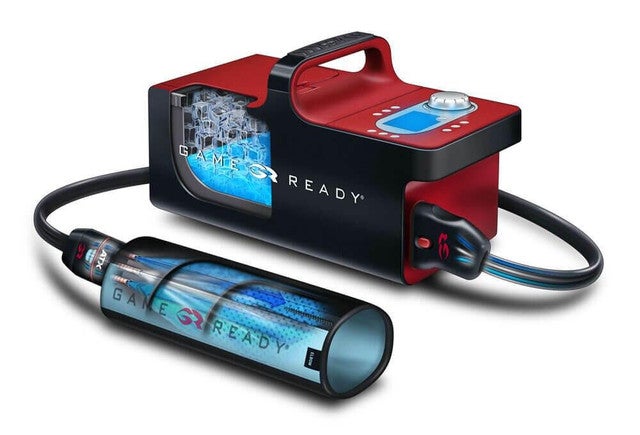
Immediately after surgery, following RICE (Rest-Ice-Compression-Elevation) is imperative to reduce swelling and pain. Nothing made this more manageable and more enjoyable (yes, enjoyable!) than the GRPro 2.1 cold and compression control unit. The circumferential wrap—like a cryotherapy compression sleeve—combines active cold and intermittent compression therapies in a portable system that doesn’t need to be refilled beyond the initial setup. I lived hooked up to this on the couch for the first week, and it kept me comfortable and relaxed about my recovery. I was able to get a prescription to rent one of these machines as it’s unlikely something you would purchase to own.
RadRover 6 Plus E-bike ($1,599)
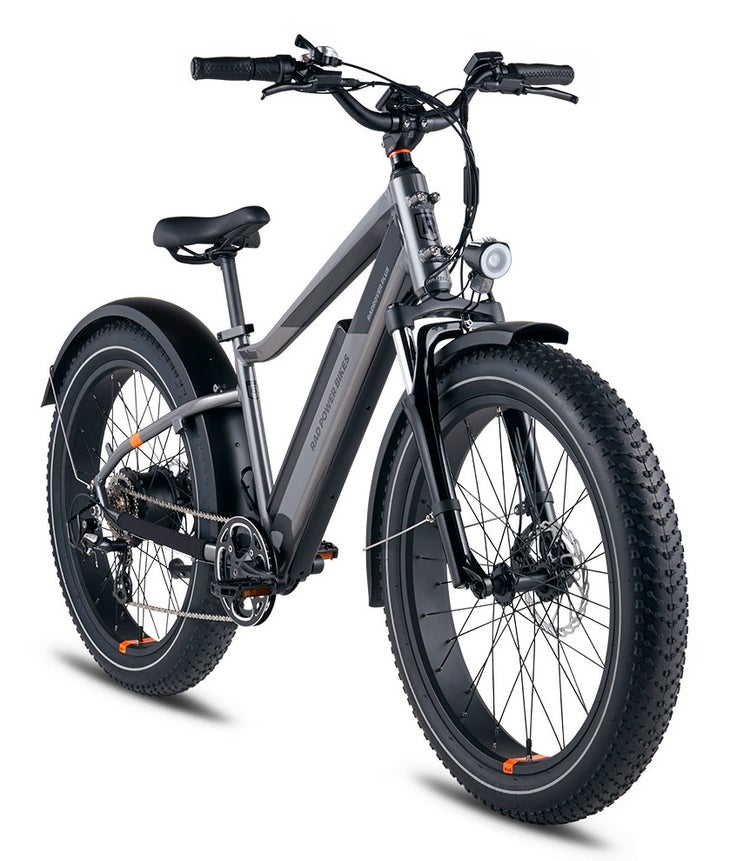
I can’t count the number of fellow skiers who told me to “get on the bike” after my surgery. Once it was safe and I had clearance from my PT, the cyclical motion of riding a stationary bike was extremely helpful in getting my mobility back. My knee would get sore and stiff if I were immobile for too long. Biking was the best low-impact exercise for me, and once I got the green light to move from stationary to a mobile bike, my Rad Power e-bike was a godsend. After weeks on crutches, having the independence to safely and quickly get around my neighborhood was a joy, and it remains that way today.
With up to 45 miles per charge, I don’t worry about my battery dying, and I can load up the bike with groceries or skis or my dog or a friend (all accessory dependent), knowing the cycle supports 275lbs with the 750-watt motor.
My only regret about this bike is that I didn’t have one during the ten years I lived in Southern California and sat in traffic for half that time. I will never give this thing up! Now, it’s my go-to for errands, dog walks, and getting to the next summer BBQ. Come winter, the fat tires and bright headlight keep me going.
B Strong BFR Machine ($300)
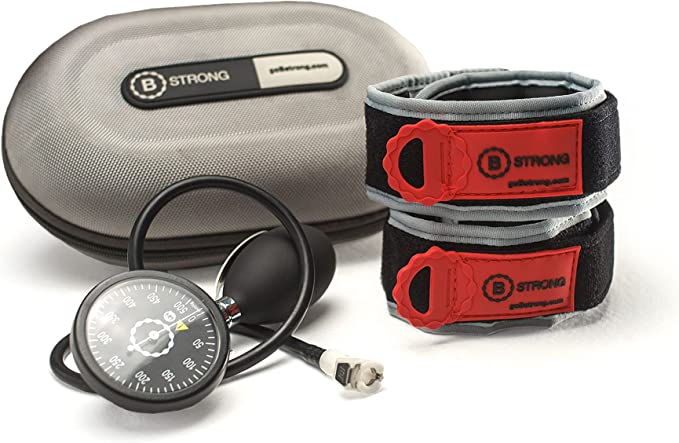
My athletic trainer of a boyfriend got me into this, and without him, I can’t say that BFR (blood flow restriction) is something I would have considered. That said, this BFR machine is a band worn around the upper portion of the leg to restrict the blood in the limb. Again, please ensure you’re working with your doctor or PT before trying this gear or equipment. Then, you work out.
I know it sounds wild, but because of the restriction, I could achieve a full-body workout in only 20-30 minutes while reducing the risk of injury from a workout my body wasn’t ready for yet. I used it during my at-home PT exercises, but you can use it while running, swimming, biking, yoga, or any other type of training. Initially, it was a strange and uncomfortable feeling, but the results were noticeable after the first use.
onCloud Cloudflyer ($159)
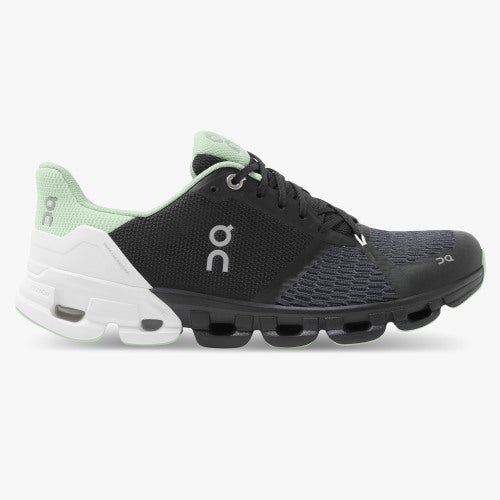
BUY NOWI’ve had a pair of onCloud training shoes for almost a year and wear them practically every day for walking my dog on pavement and dirt trails, and I wear them to the gym a few times a week as well. They still feel and look like they’re brand new.
They provide good traction on all surfaces I’ve encountered with them (which is everywhere), but the comfort is the best overall. The comfort, lightness, and stability of these shoes are so much more attractive to me than a hiking shoe or boot, yet I still feel secure.
Fitbit Versa 2 ($149)
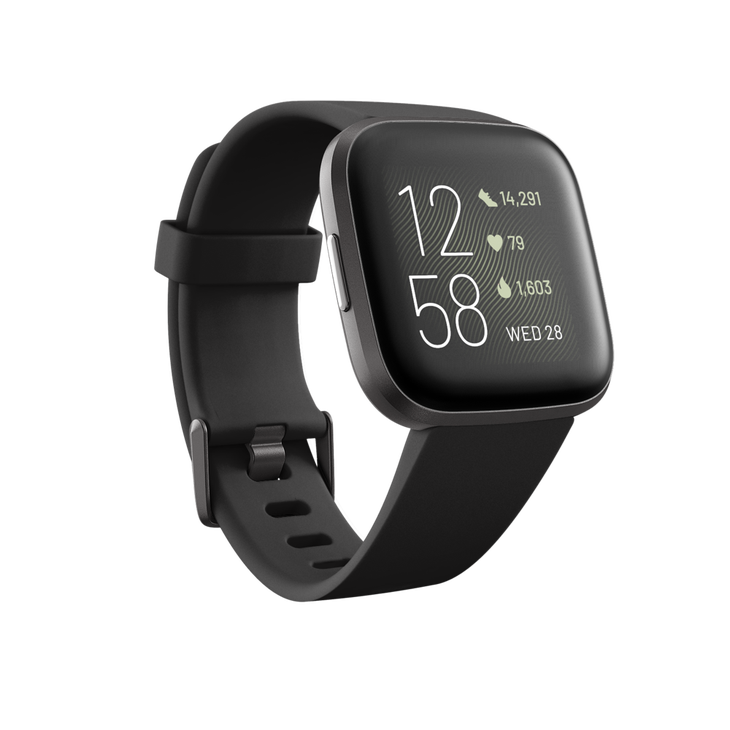
I’m not big on tracking everything I do on my watch or being reachable on my wrist, even if it does make you feel like a super spy. So I didn’t splurge on a fancy new watch. Instead, I turned to my old favorite, an ancient Fitbit Versa 2, which still does everything I need to. It tracks my time and distance on bikes and runs and gives a reasonably accurate picture of my heart rate and calories burned. When I was trying to get back in cardio shape, this was a helpful tool without any extra bells, whistles, or data I didn’t want or need.
Tennis Ball (3 for $9)
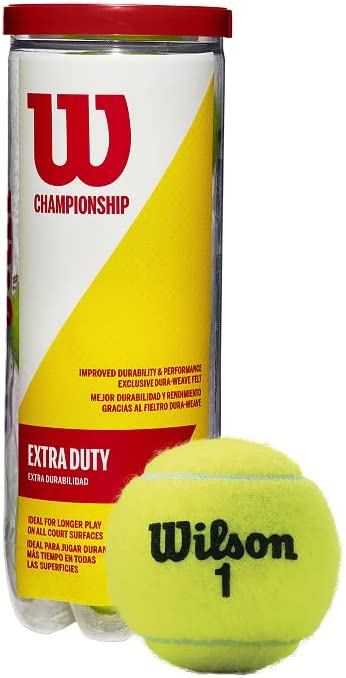
You probably have a few of these around the house, but if not, they’re easy to find online, at your local sporting goods store, or at any nearby dog park. When you’ve been sitting on the couch for a week or two, or just resting your leg in a way your body isn’t used to, knots and tight spots are going to come up. I used a tennis ball to apply pressure to sore muscles in my back and hip flexors by laying on top of the ball on the floor, almost like a foam roller. Cheap, and easy, and it works like a dream to get you back in fighting shape.
